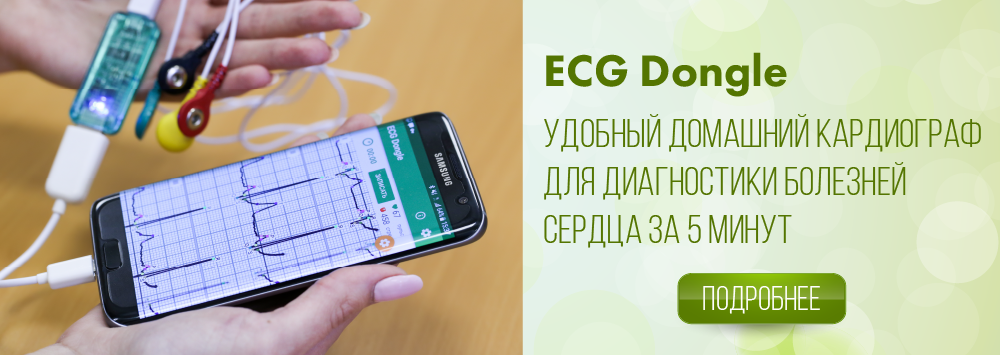Atrioventricular nodal rhythm
Atrioventricular nodal rhythm occurs when heart contracts for a long period of time under the influence of passive impulses from the atrioventricular system with a frequency of 40-60 beats per minute. Impulses, outgoing from the atrioventricular system, propagate upward, retrograde to the atria, and down to the ventricles. Atrioventricular rhythm is defined as the presence of six or more regular substitutive nodal contractions.
Mechanism:
Atrioventricular rhythm is the result of a passive substitute mechanism. It occurs when the impulses from sinoatrial node or impulses from other atrial ectopic centers do not come in a certain time to the atrioventricular system. Automatism of the atrioventricular system steps in as physiological mechanism for creating ventricular contractions when other supraventricular impulses do not reach the atrioventricular system.
Atrioventricular rhythm occurs:
- When sinus impulses are slowing (sinus bradycardia and (or) sinus arrhythmia);
- When sinus impulses do not reach the atrioventricular node due to:
- When the ectopic atrial impulses at the atrial fibrillation, atrial flutter, or tachycardia do not reach the atrioventricular node as a result of:
- a high degree or complete atrioventricular block;
- long exit block around ectopic focus in the atria.
More often atrioventricular rhythm observed in sinus bradycardia and sinus arrhythmia and partial or complete atrioventricular block.

